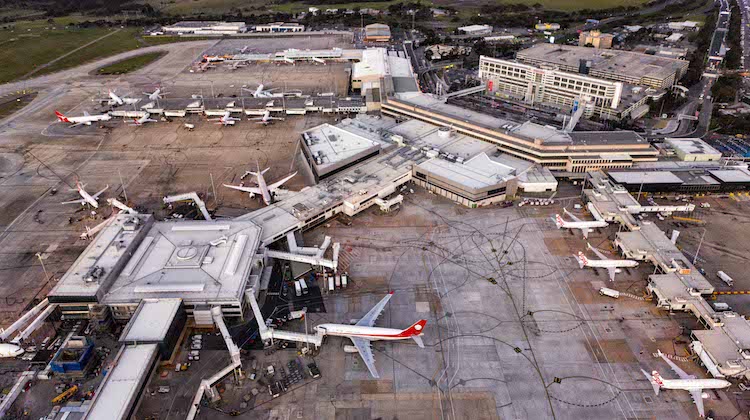
While demand for air travel shows little sign of slowing at the end of a bumper year where lower fares have resulted in more passengers flying, domestic markets such as Brazil and Australia are feeling the effects of a sluggish local economy, new figures show.
The International Air Transport Association (IATA) says total revenue passenger kilometres (RPK) rose 7.5 per cent in October.
And with demand outpacing the 5.7 per cent increase in capacity, measured by available seat kilometres (ASK), load factors broke through the 80 per cent barrier in October, jumping 1.4 percentage points to 80.4 per cent.
“The air travel story is generally a good one,” IATA director general Tony Tyler said in a statement on Thursday (European time).
“In most parts of the world we see strong demand for travel—exceeding the growth in capacity. Load factors are averaging over 80 per cent and consumers are the big winners with fares trending downwards.”
“Recent improvements in industry load factors have been largely driven by domestic markets, particularly in India where there has been a notable improvement in matching capacity to demand.”
IATA said average airfares in currency adjusted terms had fallen five per cent through the first eight months of 2015, which has helped stimulate demand, particularly for leisure travel.
“It is estimated that the fall in fares has supported approximately three percentage points of the rise in traffic year-to-date,” IATA said.
All regions reported growth in international passenger traffic in October, compared with the prior corresponding period. Middle East carriers led the pack with international RPKs up 10.3 per cent. However, load factors fell 1.5 percentage points to 72.5 per cent after the growth in demand did not keep pace with the 12.7 per cent lift in ASKs.
Closer to home, Asia-Pacific airlines experienced an 8.6 per cent rise in international passenger traffic, while capacity increased 6.6 per cent. As a result, load factors were up 1.5 percentage points to 76.7 per cent.
“Significant declines in trade activity to/from Emerging Asia and slower than expected growth in the Chinese economy do not appear to be impacting on passenger demand,” IATA said of the Asia Pacific region.
In terms of the Australian domestic market, IATA said domestic ASKs fell two per cent in October, compared with the prior corresponding period, while demand was down 0.7 per cent in the month.
“There are signs of improvements in the economy with business activity increasing over recent months, but income growth remains relatively subdued and the trend in domestic air travel remains weak,” IATA said of the Australian domestic market.
Australia and Brazil were the only two domestic markets measured by IATA to report declining demand and capacity.










